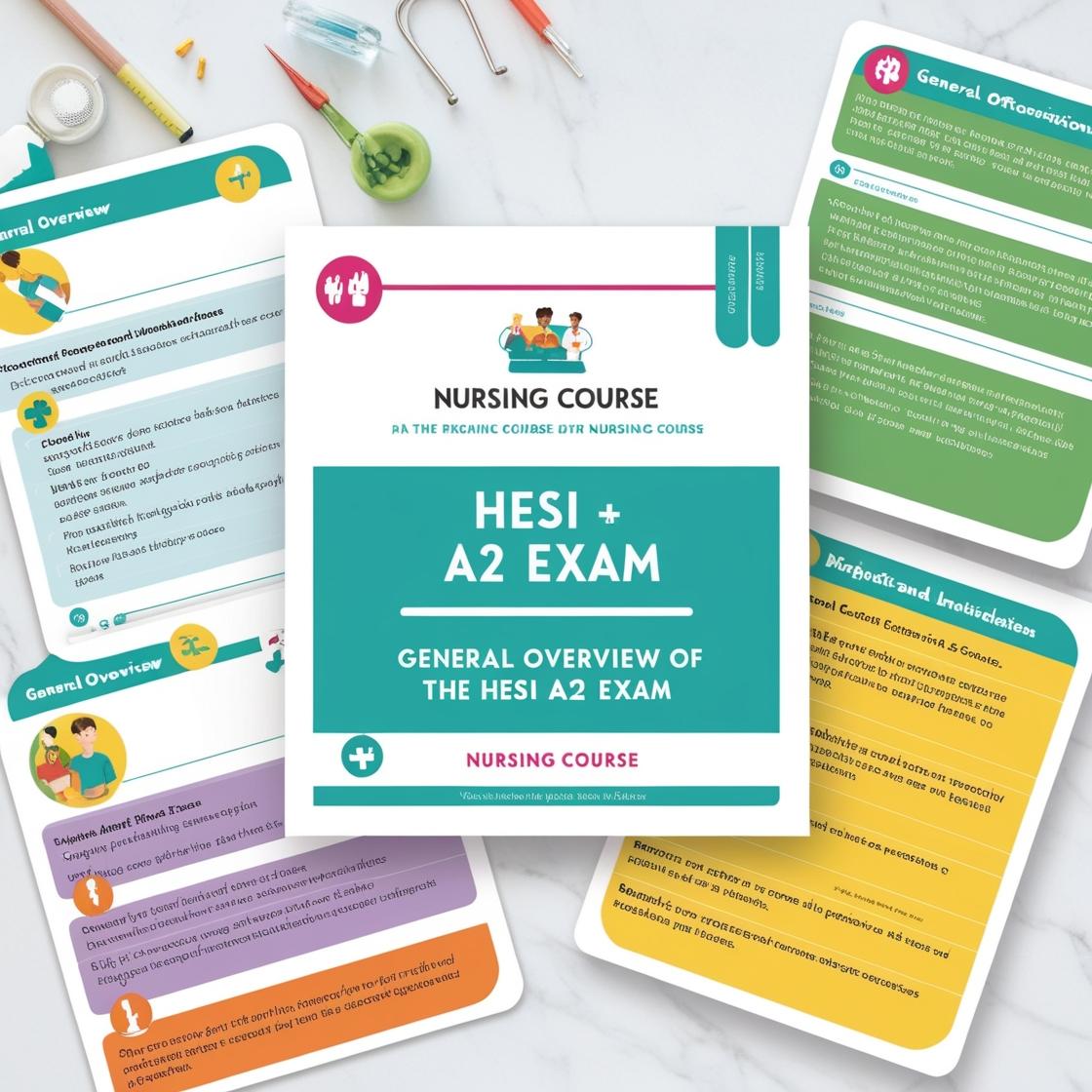HESI A2
Biology HESI A2 2024
1. What kind of symbiosis exists between a pneumonia bacterium and a human?
- A. Mutualism
- B. Parasitism
- C. Commensalism
- D. Competition
Correct answer: B
Rationale: In the case of a pneumonia bacterium and a human, the relationship is best described as parasitism. The bacterium benefits by causing harm to the human host, while the human is negatively affected by the presence of the bacterium, leading to illness or infection. This is a classic example of a parasitic relationship where one organism benefits at the expense of the other. Mutualism (Choice A) is a type of symbiotic relationship where both organisms benefit from each other. Commensalism (Choice C) is a symbiotic relationship where one organism benefits, and the other is neither helped nor harmed. Competition (Choice D) refers to a relationship where both organisms are negatively affected by each other as they compete for resources.
2. Why do we perceive chlorophyll as green?
- A. It absorbs yellow and blue light.
- B. It primarily absorbs green light.
- C. It fails to absorb green light.
- D. It primarily absorbs red light.
Correct answer: A
Rationale: Chlorophyll appears green to us because it primarily absorbs yellow and blue light while reflecting green light. The wavelengths of yellow and blue light are absorbed by chlorophyll for photosynthesis, which results in the green color we perceive. Choice B is incorrect because chlorophyll absorbs yellow and blue light, not green light. Choice C is incorrect because chlorophyll does absorb green light, but it also absorbs other wavelengths, primarily yellow and blue. Choice D is incorrect because chlorophyll primarily absorbs yellow and blue light, not red light.
3. Which of these molecules contains glucose?
- A. Proteins
- B. Lipids
- C. Nucleic acids
- D. Carbohydrates
Correct answer: D
Rationale: Glucose is a type of simple sugar and is classified as a carbohydrate. It is commonly found in various carbohydrate-containing foods such as fruits, vegetables, grains, and sugary snacks. Therefore, the molecule containing glucose would be a carbohydrate, making choice D the correct answer. Proteins (choice A) are made up of amino acids, lipids (choice B) are fats, and nucleic acids (choice C) are DNA and RNA, none of which contain glucose.
4. What takes place in a lysosome?
- A. Ribosomes are made.
- B. Food is produced.
- C. Water is stored.
- D. Food is digested.
Correct answer: D
Rationale: In a lysosome, food particles are digested through the action of enzymes. Lysosomes are membrane-bound organelles containing digestive enzymes that break down large molecules into smaller ones, allowing the cell to utilize the nutrients for energy and other processes. Choices A, B, and C are incorrect because ribosomes are not made in lysosomes, food is not produced in lysosomes, and lysosomes do not store water.
5. Which part of a plant’s reproductive system is of a different “gender” than the others?
- A. Stamen
- B. Pistil
- C. Stigma
- D. Style
Correct answer: A
Rationale: The stamen is the male reproductive organ of a plant, producing pollen grains. The pistil, consisting of the stigma, style, and ovary, is the female reproductive organ. Therefore, the stamen is of a different 'gender' than the other parts of the plant's reproductive system. The pistil, stigma, and style are all part of the female reproductive system, involved in receiving pollen and supporting fertilization. Stamen is the correct answer as it is the male part of a plant's reproductive system, making it different 'gender-wise' from the female parts.
Similar Questions

Access More Features
HESI A2 Basic
$99/ 30 days
- 3,000 Questions with answers
- 30 days access @ $99
HESI A2 Premium
$149.99/ 90 days
- Actual HESI A 2 Questions
- 3,000 questions with answers
- 90 days access @ $149.99
